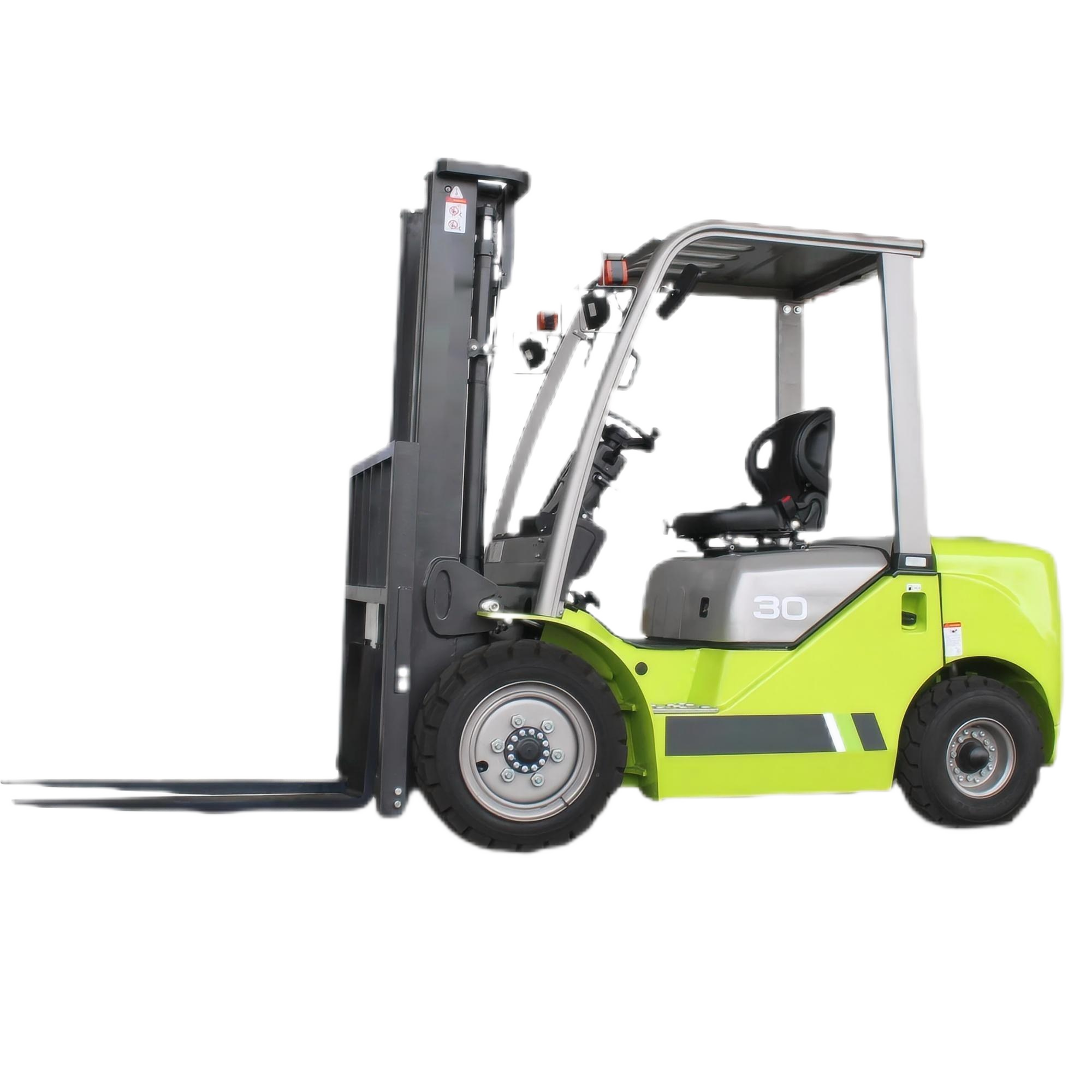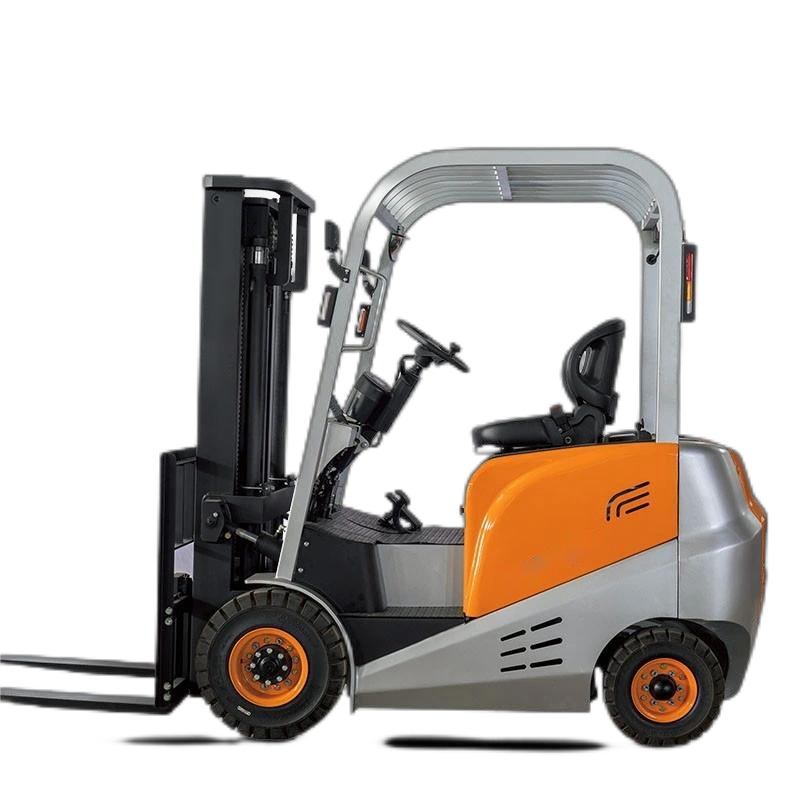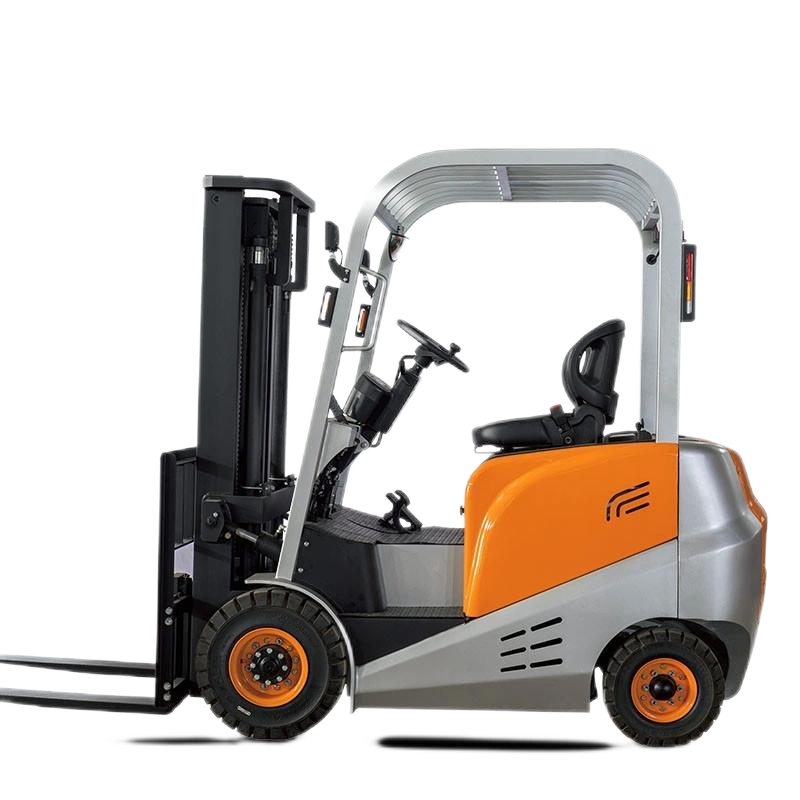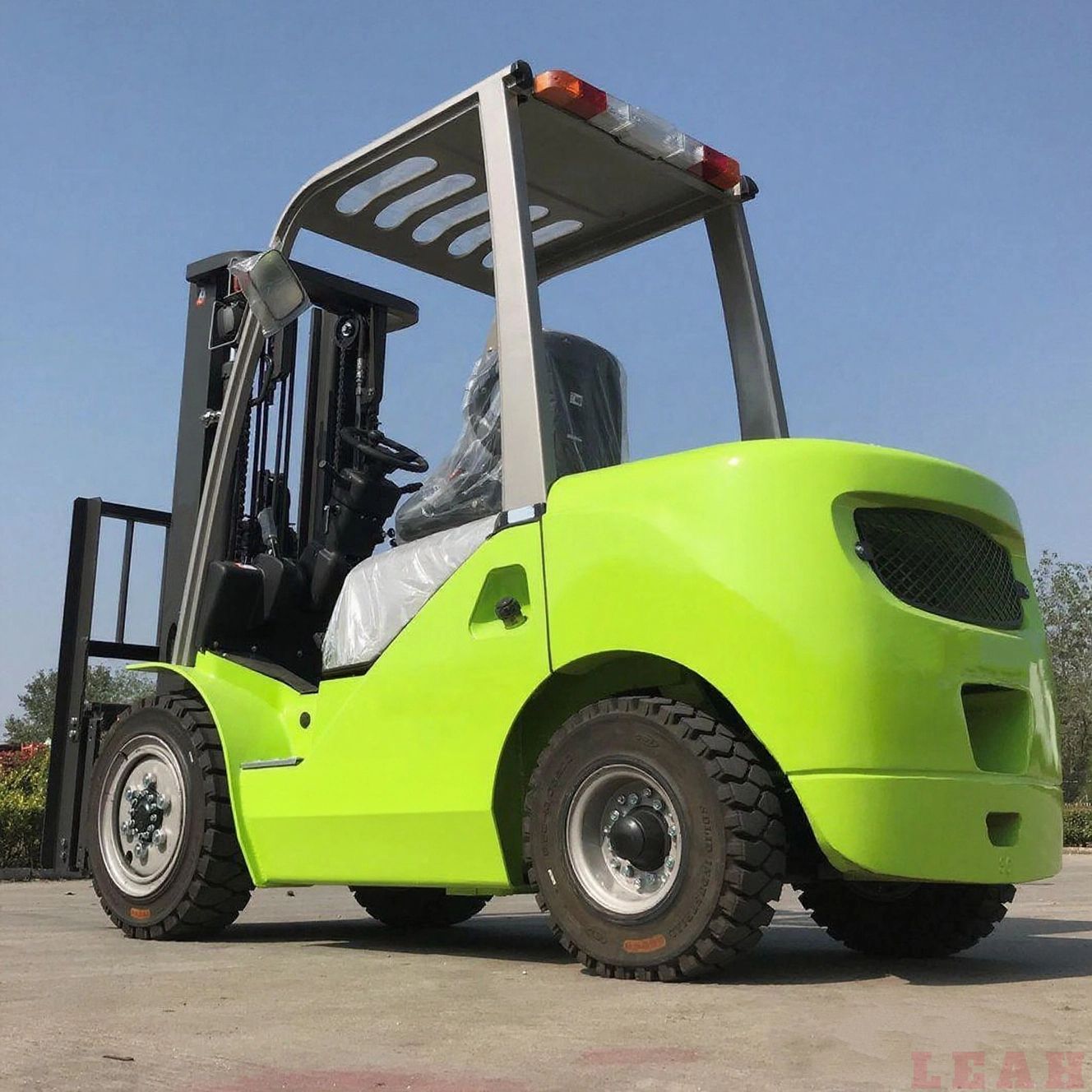Electric Forklift Lockout Device: A Comprehensive Guide
An electric forklift lockout device is a critical safety tool designed to prevent unauthorized or accidental activation of electric forklifts during maintenance, repair, inspection, or cleaning. It complies with global safety standards (e.g., OSHA 1910.147 in the U.S., ISO 14118) to protect workers from hazards like unexpected movement, electrical shocks, or component failures.
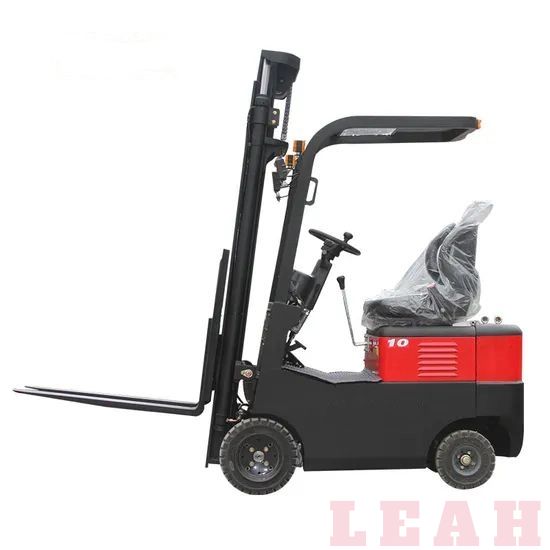
1. Core Functions & Safety Objectives
The primary goal of this device is to "lock out" the forklift’s energy sources (electrical, hydraulic, or pneumatic) to eliminate accidental startup. Its key functions include:
- Isolating Energy Sources: cut off the forklift’s main power (battery, charging system) and auxiliary systems (hydraulics for lifting, steering motors) to prevent any power flow.
- Preventing Unauthorized Access: Only authorized personnel with the matching key or combination can remove the lockout device, ensuring no one restarts the forklift while work is in progress.
- Visual Warning: Most devices feature bright colors (red, yellow) or labels to clearly indicate that the forklift is in a "locked-out" state, alerting nearby workers.
- Accountability: Each lock is assigned to a specific worker, so it’s clear who is responsible for the lockout—and who must remove it once work is done.
2. Common Types of Electric Forklift Lockout Devices
Devices vary based on the forklift’s energy access points and design. Below are the most widely used types:
| Type of Device | Application Scenario | Key Features |
|---|---|---|
| Battery Disconnect Lock | Secures the forklift’s main battery connector (prevents power from reaching the motor). | - Fits standard battery terminals (e.g., 36V/48V forklifts) - Made of non-conductive materials (nylon, fiberglass) to avoid electric shock. |
| Power Switch Lock | Locks the forklift’s main power toggle/rotary switch (common in small electric forklifts). | - Clamps over the switch to prevent toggling - Compatible with most switch sizes; adjustable designs available. |
| Charging Port Lock | Blocks the charging inlet to prevent accidental charging during maintenance. | - Seals the charging plug/socket - Often includes a hasp for adding multiple locks (for teams). |
| Hydraulic Valve Lock | Locks hydraulic valves (used for lifting/lowering forks) to prevent unintended movement. | - Fits hydraulic valve levers - Made of durable steel to resist pressure; prevents lever actuation. |
| Universal Hasp Lock | A versatile device that can lock multiple energy points (e.g., power switch + battery). | - Features a long metal bar (hasp) to loop through multiple access points - Allows multiple padlocks (one per worker) for team safety. |
3. Key Components of a Lockout Device
A standard electric forklift lockout device consists of several safety-focused components:
- Lock Body: The main structure (made of high-strength materials like steel, nylon, or aluminum) that physically blocks energy access.
- Locking Mechanism: Can be a padlock (keyed or combination), bolt, or clamp—must be tamper-resistant (e.g., non-drillable cores).
- Non-Conductive Materials: Critical for electrical components (battery, power switch) to prevent shocks; common materials include reinforced plastic or rubber coatings.
- Labeling/Marking: Clear labels (e.g., "LOCKED OUT – DO NOT REMOVE," "AUTHORIZED PERSONNEL ONLY") or reflective strips for visibility.
- Compatibility Adapters: Optional accessories to fit different forklift models (e.g., adapter sleeves for non-standard battery terminals).
4. Step-by-Step Lockout/Tagout (LOTO) Procedure for Electric Forklifts
Using a lockout device requires following a strict LOTO process to ensure full safety. The steps are standardized across industries:
- Prepare for Lockout
- Notify all workers in the area that the forklift will be locked out.
- Gather the correct lockout device (match the forklift’s energy points: e.g., battery lock + hydraulic valve lock).
- Ensure the forklift is parked on a level surface, with forks lowered to the ground and parking brake engaged.
- Shut Down the Forklift
- Turn off the main power switch.
- Disconnect the battery (if required) or shut off the charging system (if the forklift is plugged in).
- Test auxiliary systems (e.g., lift the forks slightly) to confirm power is off.
- Apply the Lockout Device
- Attach the device to the energy source (e.g., clamp the battery lock over terminals, secure the power switch lock).
- Add a tag (if required by policy) with the worker’s name, date, and reason for lockout.
- For teams: Use a universal hasp to add one padlock per worker (all must be removed before restarting).
- Verify Zero Energy
- Test the forklift’s controls (e.g., turn the key, press the lift button) to confirm no power is flowing.
- Check electrical systems with a voltage tester (for batteries) to ensure zero voltage.
- Perform Maintenance/Repair
- Conduct work only after confirming the forklift is fully locked out.
- Do not modify or tamper with the lockout device during work.
- Remove the Lockout Device
- Complete all work and inspect the forklift to ensure no tools or debris are left.
- Notify all workers that the lockout will be removed.
- Remove the lock (and tag) only if you are the authorized person who applied it (for teams: wait for all workers to remove their padlocks).
- Restore Power and Test
- Reconnect the battery or turn on the main power switch.
- Test the forklift’s functions (movement, lifting, braking) in a safe, clear area to confirm normal operation.
5. Selection Criteria for Electric Forklift Lockout Devices
To choose the right device, consider these factors:
- Forklift Model & Energy Sources: Confirm compatibility (e.g., a 48V battery lock won’t fit a 24V forklift; hydraulic valve locks must match lever size).
- Durability: Select devices rated for industrial use (resistant to impact, corrosion, and extreme temperatures—common in warehouses or outdoor yards).
- Safety Certifications: Look for compliance with standards like OSHA, ISO 14118, or CE (for European markets) to ensure reliability.
- Ease of Use: Opt for devices with tool-free installation (e.g., snap-on clamps) to save time during lockout.
- Tamper Resistance: Choose locks with non-pickable cores or combination mechanisms to prevent unauthorized removal.
6. Common Mistakes to Avoid
- Using Improper Devices: Never use makeshift locks (e.g., wire, zip ties)—they can break or be easily removed.
- Skipping the Zero-Energy Test: Failing to test controls after lockout can lead to accidental startup if power is still flowing.
- Sharing Keys: Each lock should have a unique key (or combination) assigned to one worker—sharing keys breaks accountability.
- Ignoring Labeling: Unlabeled devices may be mistaken for debris, leading to accidental removal.
7. Maintenance of Lockout Devices
To ensure longevity and safety, maintain devices regularly:
- Inspect for damage (cracks, bent parts, or worn locking mechanisms) before each use.
- Clean non-conductive components (e.g., wipe battery locks with a dry cloth) to remove dirt or moisture.
- Replace worn parts (e.g., broken padlock cores, faded labels) immediately.
- Store devices in a dedicated case (away from moisture or extreme heat) when not in use.
By using a compliant electric forklift lockout device and following proper LOTO procedures, workplaces can significantly reduce accidents related to unexpected forklift activation—protecting workers and minimizing equipment damage.





